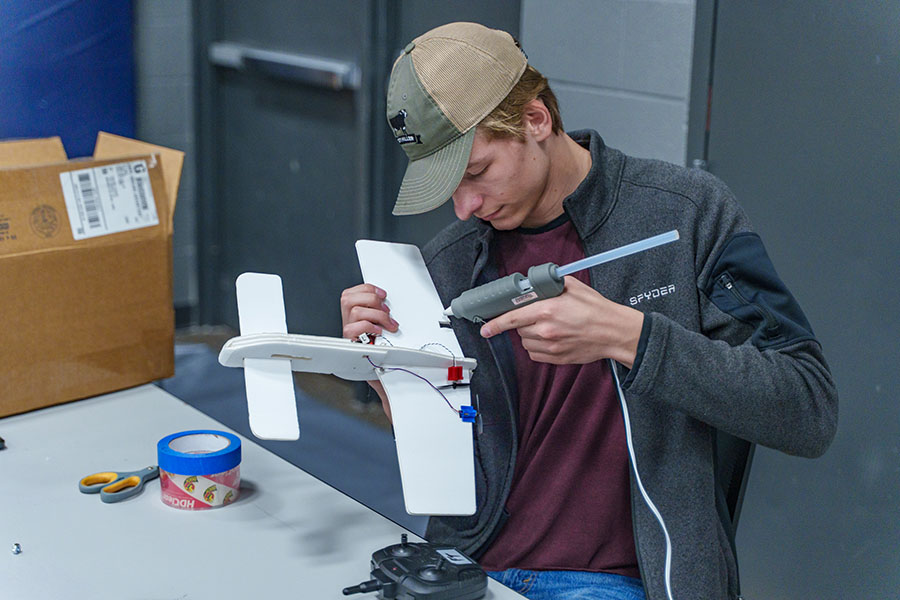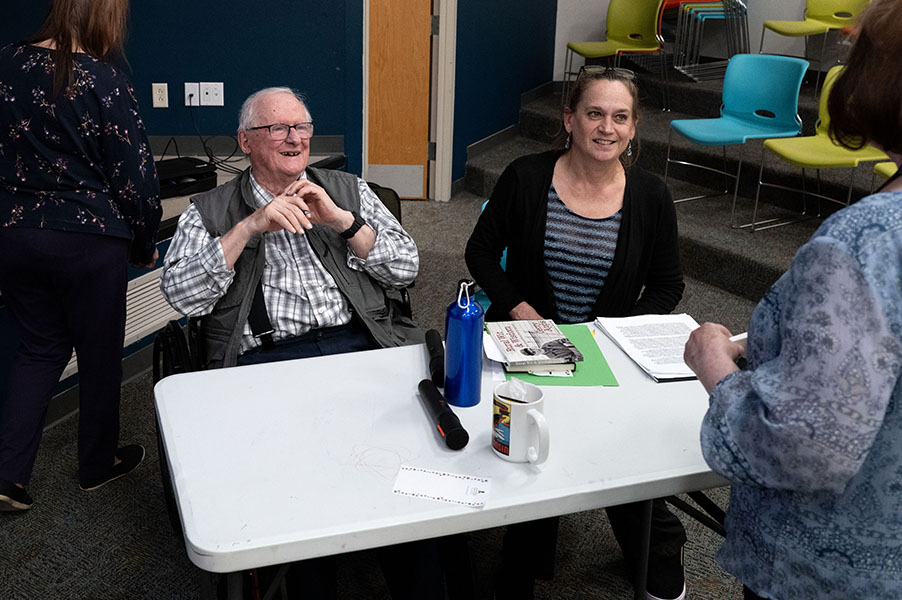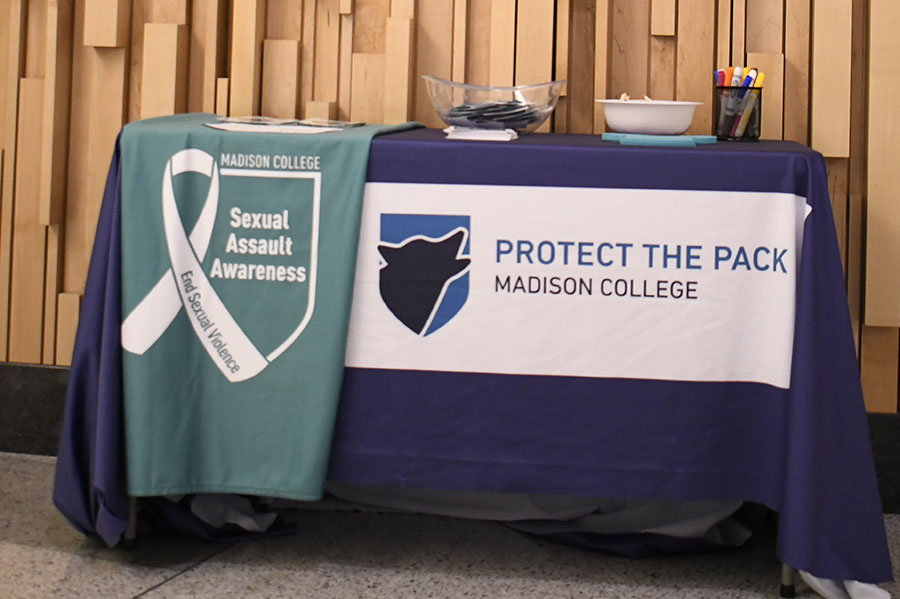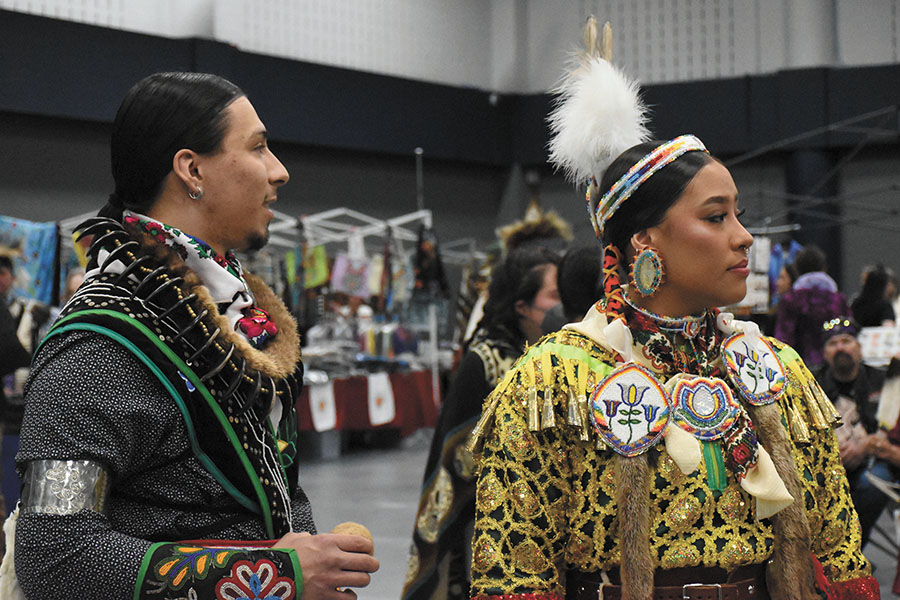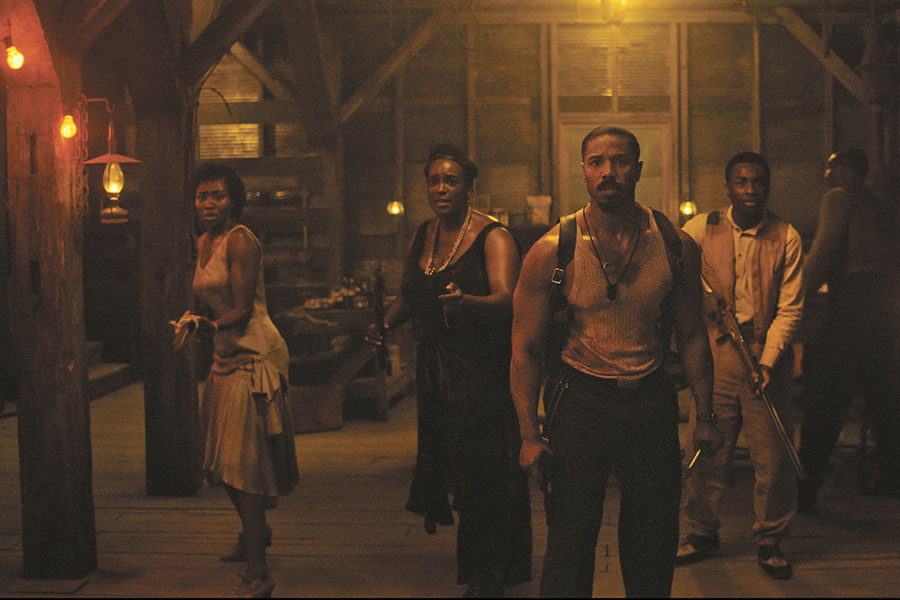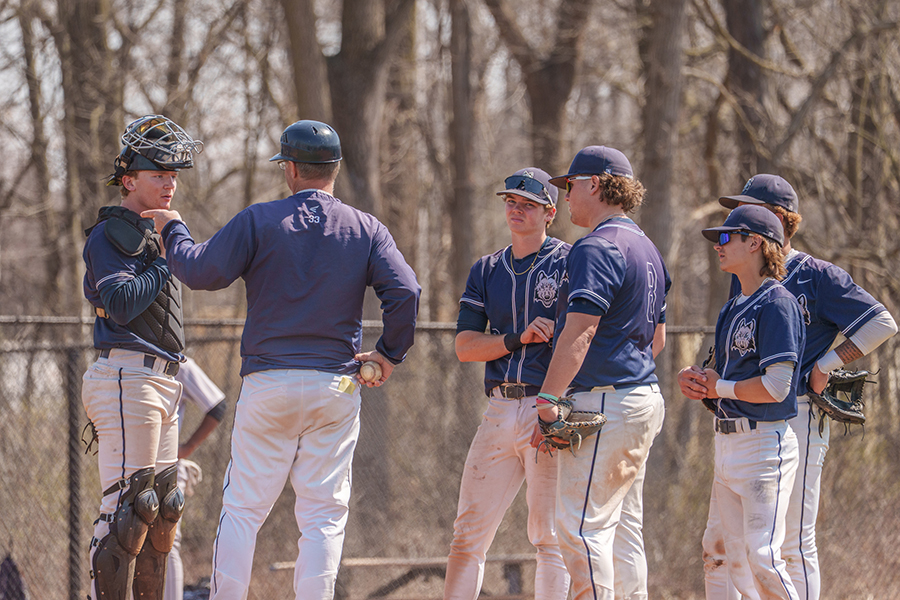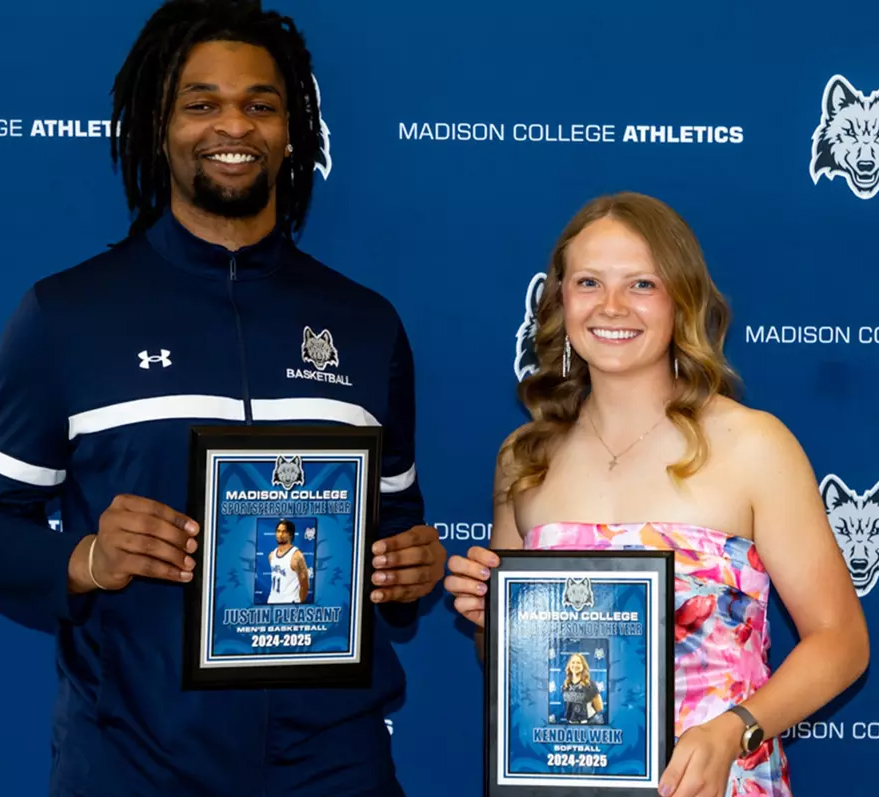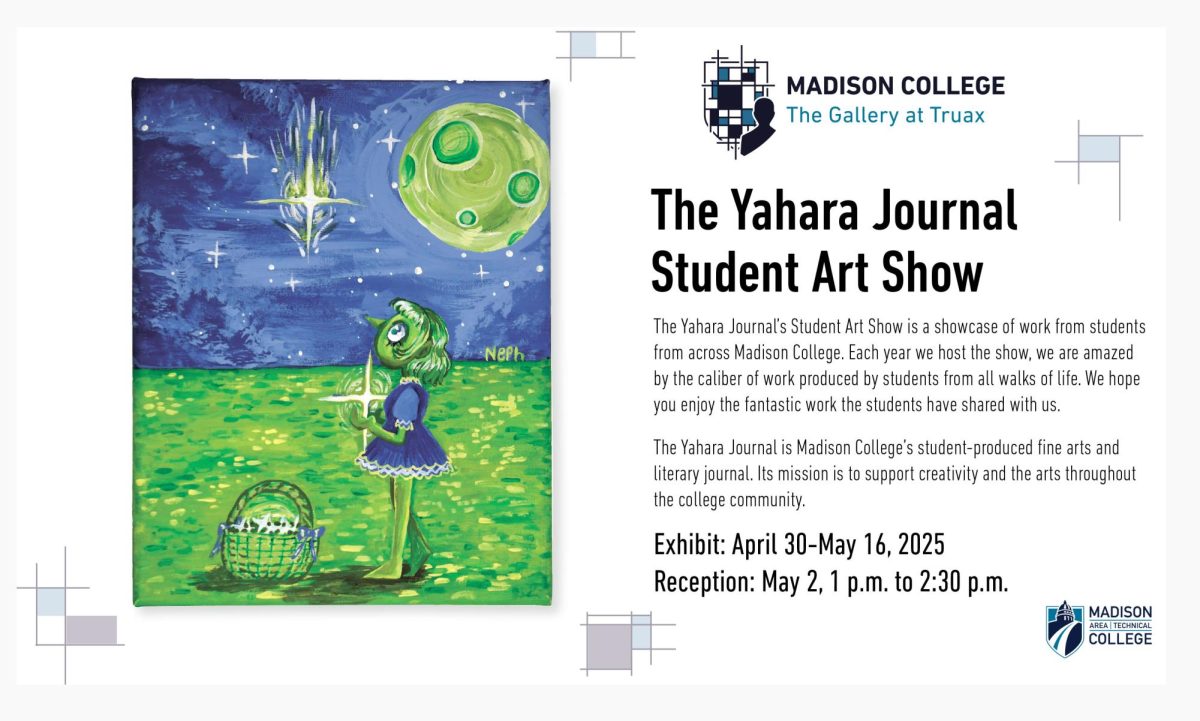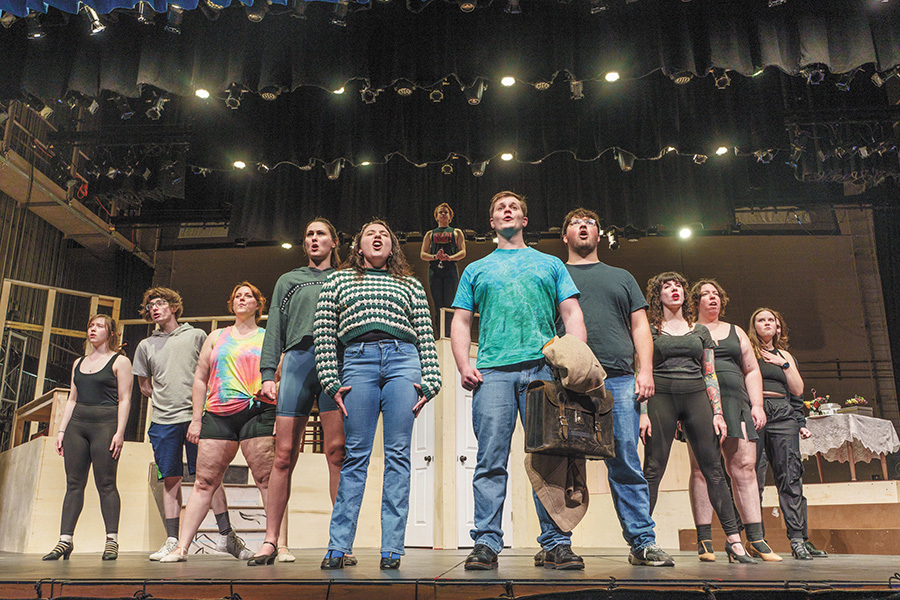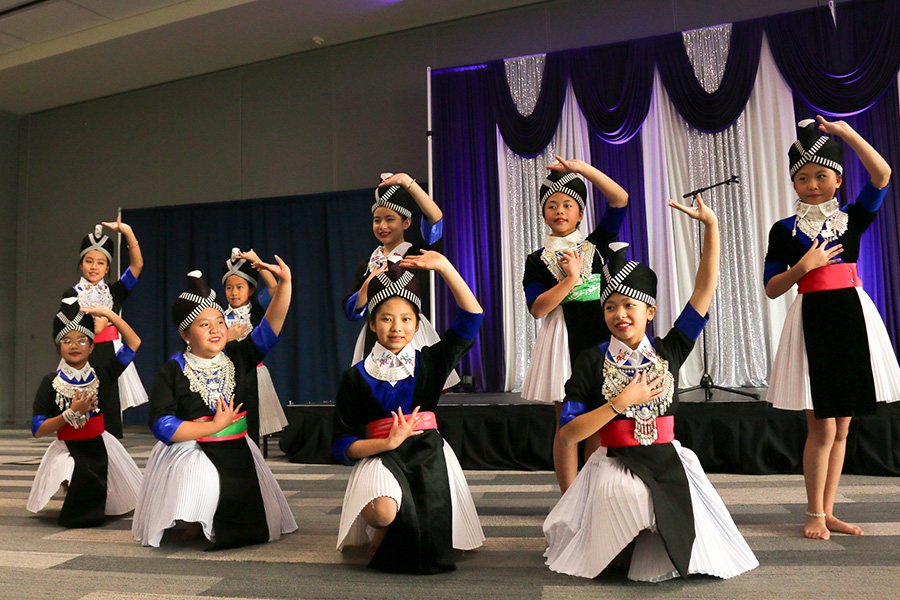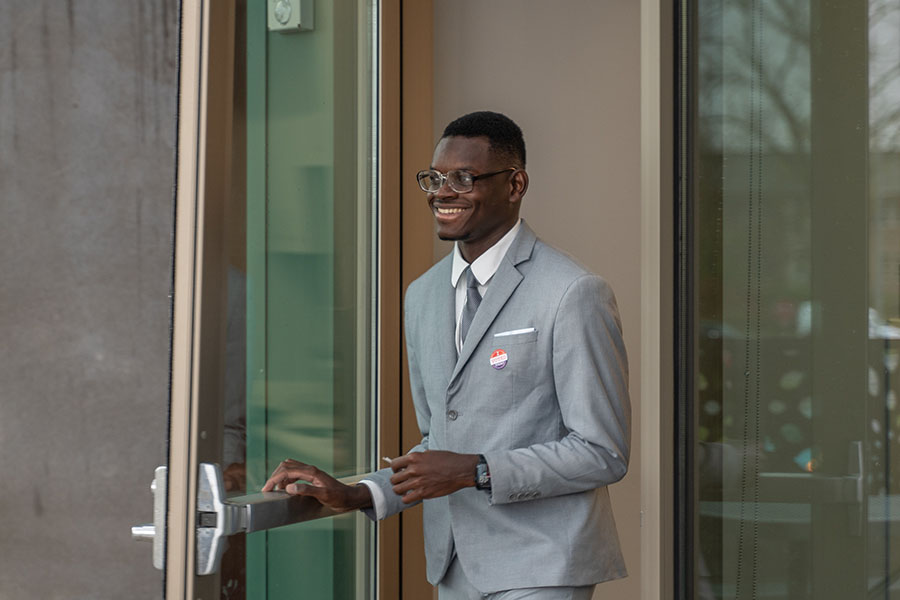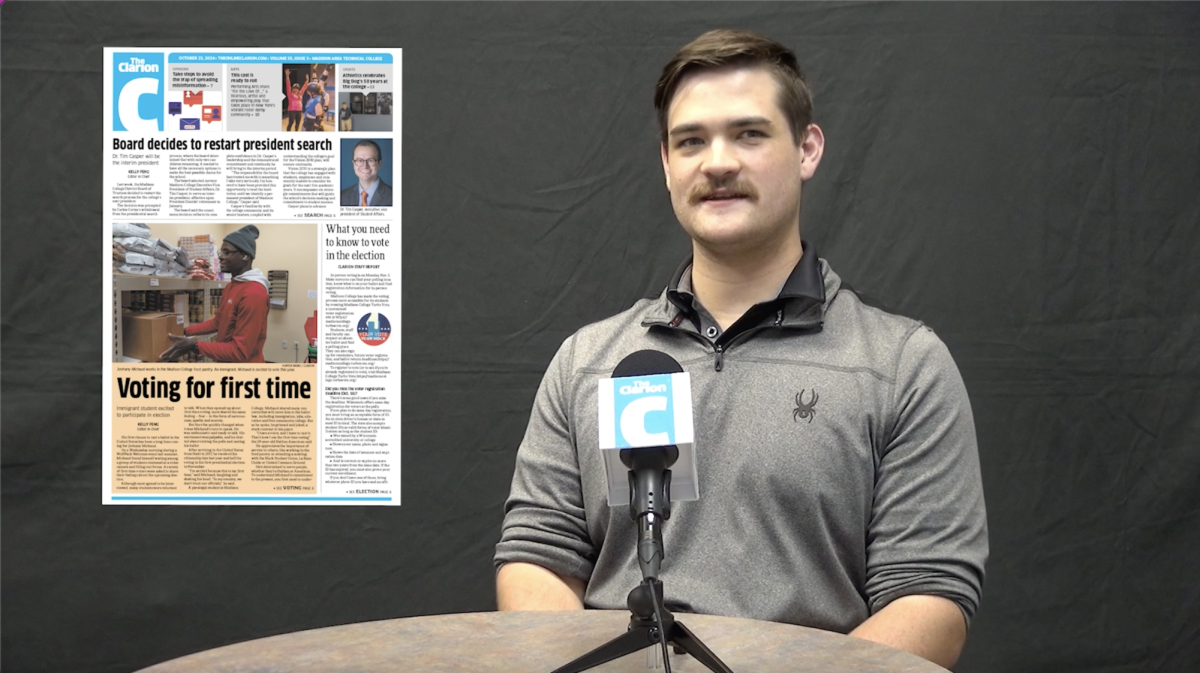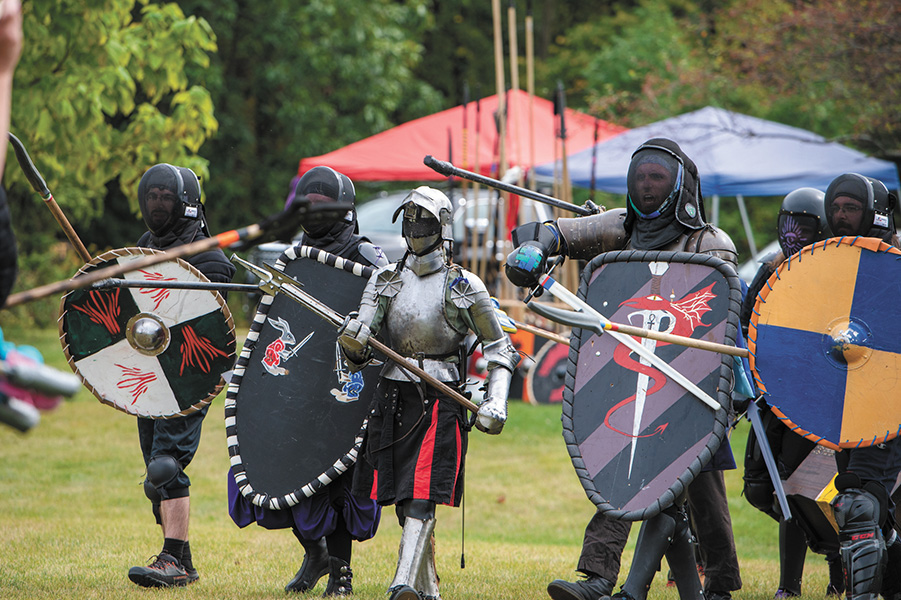There is a new club coming to Madison College this spring semester. It is an art, science, sport and dance. It is a historical fencing reenactment club, drawing from skills across many disciplines.
Practice time, usually with a game element, instills the skills and techniques to become a polished and artful fencer. Studying the history of fencing gives the satisfaction of accurately reliving a moment in the past.
In modern fencing, players move forwards and backwards on a designated strip. In historical fencing, there are no such boundaries, and the interaction looks more like a waltz. The outfitting, game rules and scoring all further differentiate historical fencing from modern.
The student founder of the club, Joan Keizer, joined a fencing club in 2017 and has since then led workshops, participated in regional tournament and built custom armor for purchase.
I attended an organized historical reenactment skirmish organized by The Woodlands this fall. The whole production attracted cyclists and pedestrians that hung around out of curiosity. There were two teams, their bases established with valiant flags and racks of swords, spears and daggers. The players looked incredible; they were dressed head to toe in dueling attire, both intimidating and spectacular.
Historically, the armor you wear says a lot about who you are. There were fashion trends to stay up to date on and it was important to visually communicate one’s status going into battle. Medieval people even did cosplays of ancient time periods, recreating specific apparel through armor and fabric.
Keizer says that her interest in armor stemmed from her childhood love of building costumes. These days, her armor impression is from 1490-1510 in the Alpine region, which has evolved into an anthropological study.
“You have to allow the sources to inform you rather than bending the sources to fit your perception. Historical fencing is not just looking at a source and recreating it, but it is also having a holistic understanding of the rest of society that surrounds it,” Keizer said.
Keizer encourages the future members to bring their own knowledge to the table. She admits to not studying every single sword related culture across time and space and hopes that other people will share their own interests and research with the group.
“There is an incredibly personal aspect of it as well. You use the methodology of studying sources, scrutinizing them and digesting what they are. You can take that and apply it to yourself as well as the people that you know,” said Keizer. “I find that to be a useful way of organizing my thoughts and being more in touch with myself. This method of exploring and understanding the world can be reversed back onto myself in a meaningful way.”
The name of the club, meeting location and schedule are all yet to be determined. Swords, as well as protection from swords, will be provided for beginners. The club is welcoming to everyone, and there is no commitment pressure as many of us are busy students. If this sounds like it’s down your alley, be ready to join the founding group this spring.
Student hopes to start Historical Fencing Club
Eli Schmidt, Arts Editor
January 21, 2025
Participants line up for a re-enactment event organized by The Woodlands in the fall. A historical fencing club is being organized at Madison College by Joan Keizer
Story continues below advertisement


